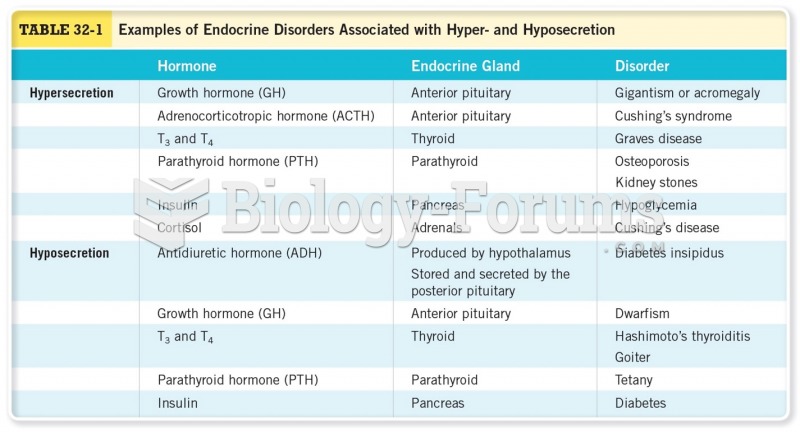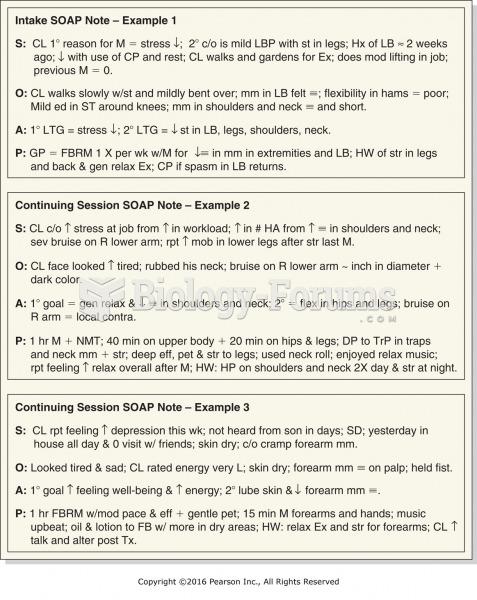Answer to Question 1
Speedy-trial laws reflect a law on the books approach to problem solving. Although these laws have the advantage of calling attention to delay as a problem, they are limited because they provide no mechanisms to deal with discretion. Speedy trial laws are federal or state statutes that specify time limits for bringing a case to trial after arrest. Some speedy trial laws specify specific time standards for periods from arrest to arraignment, trial and or sentencing. These laws supplement the provisions of the U.S. Constitution and 35 state constitutions which have speedy-trial guarantees. These provisions, however, apply only when the delay has been extensive.. Given the vagueness of these constitutional standards, legislatures have shown considerable interest in putting some teeth into the guarantee of a speedy trial. The best-known such effort is the Speedy Trial Act of 1974 (amended in 1979), which specifies time standards for the two primary stages in the federal court process. A span of 30 days is allowed from arrest to indictment, and 70 days from indictment to trial.
Certain time periods, such as those associated with hearings on pretrial motions and the mental competency of the defendant, are considered excludable time. Speedy-trial statutes exist in all 50 states (Herman and Chemerinsky 2006), but they have a different orientation from their federal counterpart. Most state laws are defendant-centered; that is, they are designed to protect defendants from suffering extensive delay, particularly if they are incarcerated prior to trial. By contrast, the federal law is designed to protect the interests of society; that is, a speedy trial is viewed as an important objective irrespective of whether the defendant's interests are in jeopardy. Speedy trial laws are not based on an analysis of why delay occurs. They do not provide for any additional resources to aid the courts in complying. This can produce unforeseen consequences such as delaying civil cases in some federal courts. Potential difficulties also arise because not all cases fit easily into the mandated time frames. A major murder case or a large drug-smuggling case takes longer to prepare than an ordinary burglary prosecution. Various studies find that such laws have had limited impact in speeding up the flow of cases through the state criminal court process (Church et al. 1978; Mahoney et al. 1988; Nimmer 1978). The primary reason is that most state laws fail to provide the court with adequate and effective enforcement mechanisms. The federal speedy-trial law has proven effective. The average criminal case filed in the federal courts in the early 1970s took 7 months to reach a disposition. Without adequate resources, however, speedy trials are doomed to failure.
Answer to Question 2
False







